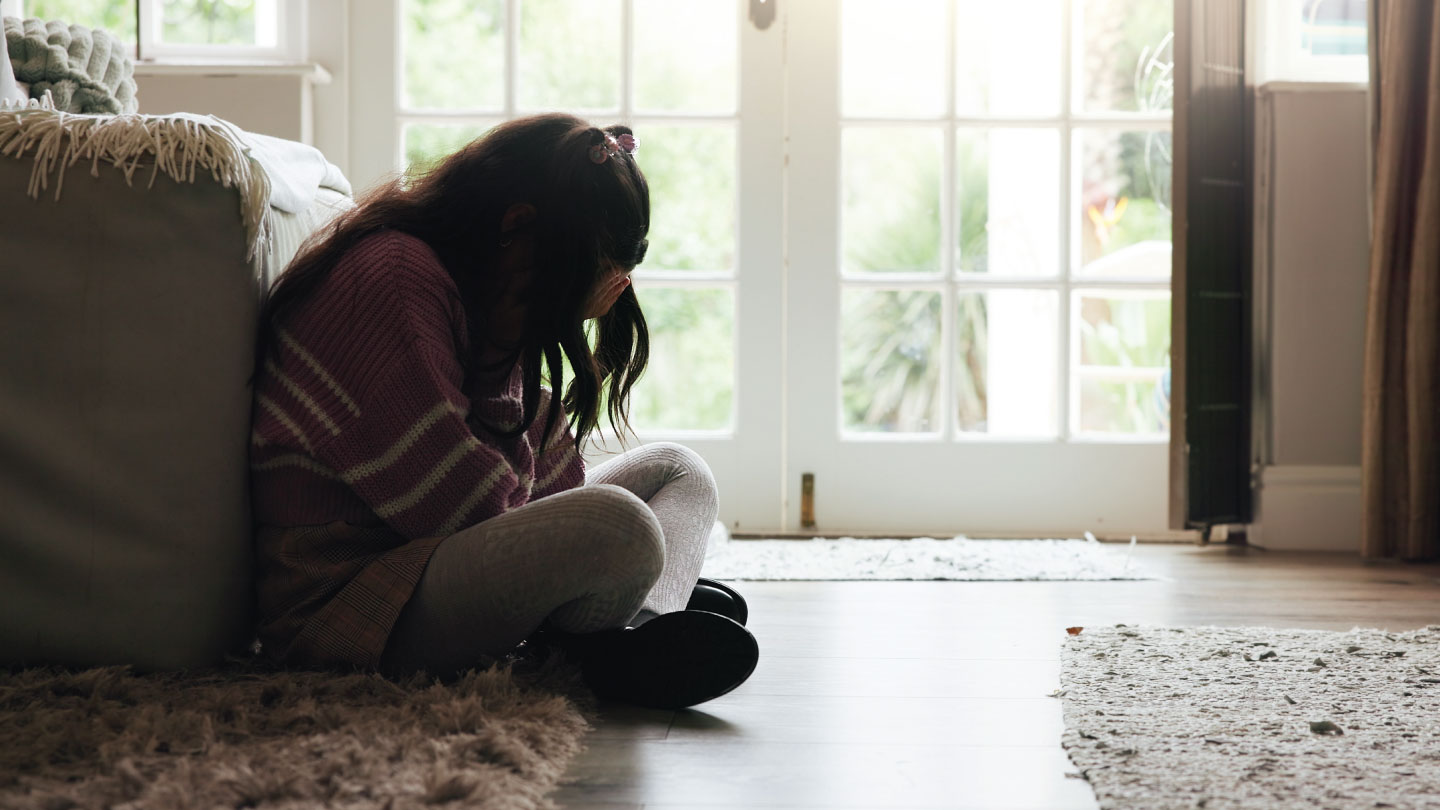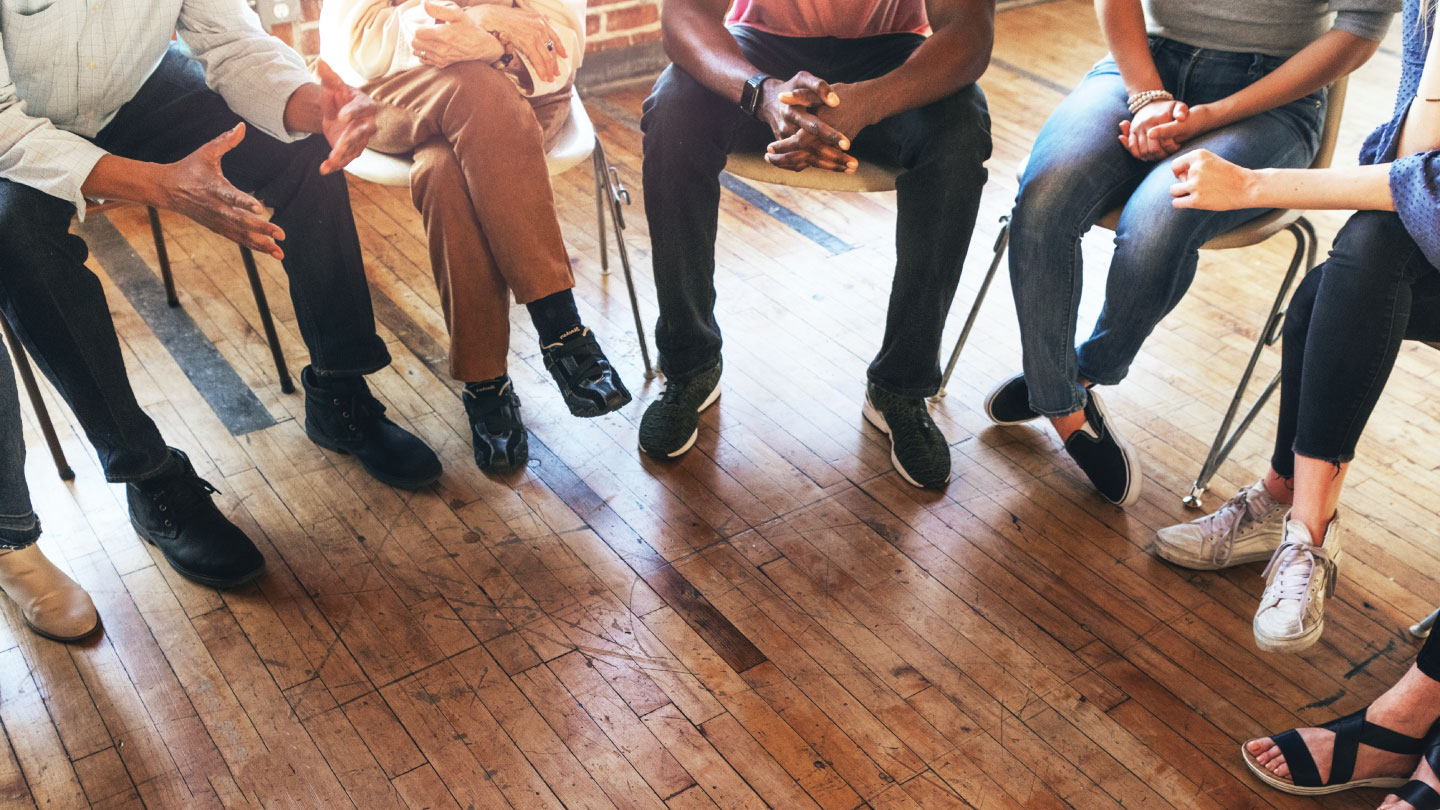Mental Health
Art Therapy for Managing Stress
Let go of anxiety and immerse yourself in the therapeutic benefits of art.

Agree or not, let us just face it, stress is a part of life. For those who do manage their stress, many find that meditation plays a powerful role in helping them navigate through challenging situations.
Others, who are naturally artistic, might find that creating art is a fantastic way to relieve stress. It might serve as a platform to vent and unwind. It allows to release difficult emotions, take a break from stressful thoughts and situations, and enter a state of "flow," which can be incredibly restorative.
But even if you don't consider yourself artistically inclined, you can still benefit from engaging in creative activities. A 2024 research by Dr. DY Patil School, India reflects that the effects of art on stress and mood doesn’t focus on talent or the quality of the artwork—it only looks at how people feel afterwards, and the results are consistently positive! So, if you're looking for a great stress reliever, trying out an art activity could be a wonderful way to go. Here are some ideas to get you started.
6 Art Therapies for Managing Stress
Practice Mandala Art
Carl Jung was a Swiss psychiatrist and psychoanalyst, known for founding analytical psychology. He was born in 1875 in Kesswil, Switzerland, and became one of the most influential figures in psychology. He was a pioneer in using mandalas as a therapeutic tool, and since then, many therapists and art enthusiasts have embraced this practice. Mandalas are circular designs filled with intricate patterns and symbols. A 2007 study by the American Psychological Association proves that creating mandalas helped reduce trauma symptoms in PTSD patients, with just three sessions leading to noticeable improvement a month later.
Making a mandala gives you a way to express your emotions by incorporating symbols that reflect your life experiences, such as challenges, triumphs, or meaningful moments, without getting caught up in the details or triggering past memories. This process also helps you stay grounded in the present as you create art, free from worries about whether it looks "perfect" or realistic. Your mandala can be as simple or complex as you like, with shapes and patterns that resonate with you.
Join an Art Class
Joining an art class is a great way to relieve stress while learning new skills. In an art class, you can explore various forms of creative expression such as painting, drawing, sculpture, or mixed media, all while being guided by an instructor.
Also, participating in an art class allows you to channel stress into creativity, learn new techniques, and experience a sense of accomplishment.
Art classes provide a structured environment where you can focus on creating rather than on your stressors. The act of being immersed in a creative activity promotes relaxation, reduces anxiety, and encourages mindfulness.
Related story: Could Stress Lead To Bad Skin?
Doodle
If you’re short on time and can’t commit to art classes or long drawing sessions, why not embrace your inner doodler? While there’s limited specific research on the stress-relieving effects of random doodles, general studies on drawing and art suggest it can help reduce stress, and it certainly won’t hurt.
You could keep a journal dedicated to quick 5-minute doodles and keep it within reach. At night, take a minute or two to sketch simple drawings like hearts, flowers, or smiling faces, either as part of a journaling habit or alongside a gratitude practice—just add some creativity to the margins! The key is to let your artistic side emerge whenever you have a moment and simply enjoy the process.
Collage-Making
Gather materials like magazines, newspapers, or fabric and create a collage that represents your emotions or a peaceful scene.
Collage-making allows for creativity without the need for drawing skills, offering a chance to explore and externalise stressors visually.
Collage-making encourages self-expression and mindfulness. It offers a non-verbal outlet for emotions, which can reduce stress, increase emotional awareness, and provide clarity. The process of selecting and arranging materials can also be therapeutic, promoting focus and calm.
Related story: Seven Ways To Unwind After A Long Week
Clay Sculpting
Mould and shape clay to release stress physically. The tactile sensation of working with clay can be very grounding. Manipulating clay encourages relaxation and helps in releasing pent-up stress through tactile expression.
Clay sculpting allows you to focus on the texture and movement of the material. This sensory engagement helps reduce anxiety and provides an outlet for emotional tension, making it an effective tool for stress relief. Additionally, clay sculpting can promote a sense of accomplishment as you create tangible, physical representations of your feelings.
Zentangle
Zentangle is a relaxing and meditative art form that involves creating structured, repetitive patterns within a defined space.
To create a Zentangle, start with a square piece of paper, a black pen, and a pencil (optional). Draw a small border about 1/4 inch from the edge of the paper. Lightly divide the square into smaller sections using pencil lines. Then, fill each section with simple, repetitive patterns such as lines, circles, and shapes. Focus on slow, mindful strokes as you draw, allowing yourself to enjoy the process. Once you’ve completed your design, you can add shading with a pencil to give depth to your patterns. Finally, erase any pencil lines and add final touches to your work. Remember, there’s no right or wrong way to do Zentangle. What matters the most is about being present and relaxing as you create your unique piece of art.
Related story: How This One-Minute Rule Can Declutter Your Life
8 Easy Art Therapy Activities
Here are some art therapy activities that focus on creative expression, self-discovery, and DIY techniques, which can positively impact mental well-being:
1. What Freedom Means to You: Visualise and create an artwork that embodies your personal idea of freedom.
Goal: This activity helps you reflect on your own vision of freedom.
2. Emotions Wheel: Reflect on your emotions and the colors that best represent each feeling. Use prompts to assign a colour and/or image to each section of the wheel.
Goal: This exercise encourages you to view your emotions objectively, such as anger and sadness.
3. Sculpting Your Emotions: Use sculpting materials to physically shape your feelings of anger or sadness, creating structures or shapes that represent those emotions.
Goal: This hands-on activity helps express and release negative emotions by working with the materials.
4. Send Your Message with a Balloon: Write down a negative emotion or situation (like "anger") or a positive message, then release it with a balloon.
Goal: This exercise serves as a symbolic way to release negative emotions or share positivity, supporting emotional well-being.
Related story: De-stress In Four Minutes With Box Breathing
5. Heart of Emotions: Draw the emotions and experiences that reside within your heart on a heart-shaped outline.
Goal: This activity helps track your emotional state and identifies healthy ways to express your feelings.
6. How I Feel Today: Color in a human figure template to express where you feel different emotions, using colors and symbols.
Goal: This activity allows you to visually communicate how you’re feeling in the moment.
7. Self-Portrait on a Paper Bag: Draw a self-portrait on a paper bag, and then fill the bag with objects that represent who you are.
Goal: This activity encourages self-reflection and helps you understand your personal identity.
8. Crayon Drawing: Use crayons to create imperfect art with uneven lines, patchy shading, or irregular colouring.
Goal: This activity promotes accepting imperfection and embracing the beauty of human errors.
Related story: How To Relieve Stress
Looking for an exclusive and unique experience, expert staff, and unparalleled member services? Come join us at URLife Studios! We offer a comprehensive range of wellness services that promote optimum well-being. We are a trusted source for unique holistic health and pregnancy care workshops. Our physiotherapists design customised rehab programs based on health conditions.
At UR.Life Studios, we offer a complete multi-disciplined approach to fitness and well-being. The URLife Studio is a luxe wellness oasis, combining sleek modern design, lavish amenities, state-of-the-art equipment and personalised wellness programs.
- Yoga
- Kickboxing
- Pool and Bollywood aerobics
- Pregnancy care workshops
- Customised physiotherapy
- Spa
- Garden Cafe
- Women’s wellness program
EXPLORE MORE
Every child worries as they grow up. But when anxiety starts shaping their behaviour, body, and confidence, parents need to pause and look closer. A psychologist explains how to spot the difference early.
Unloading your frustration can feel cathartic, but repeated venting may do more harm than good when it comes to emotional regulation.
Here’s a simple guide to different therapy styles and how to choose the one that fits your mind, mood, and moment.
Perfection is overrated. Tiny, consistent wins, the kind you barely notice, are what actually strengthen resilience and improve your mental health.







.jpg)

.jpg)
